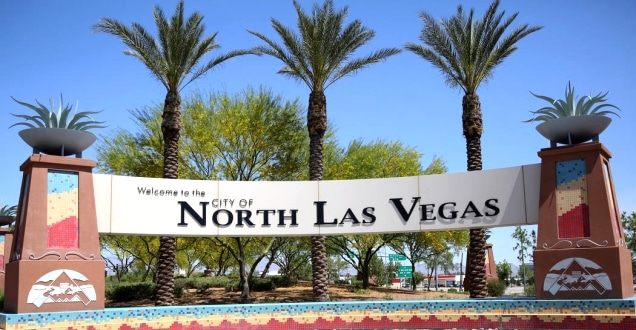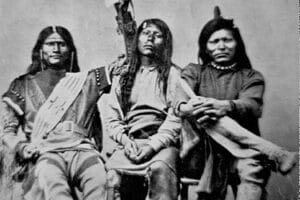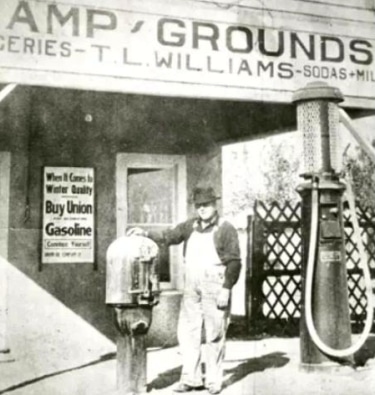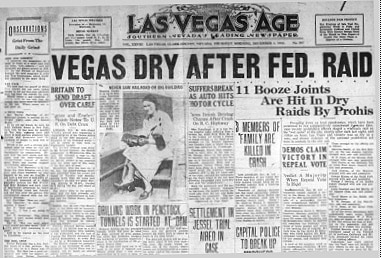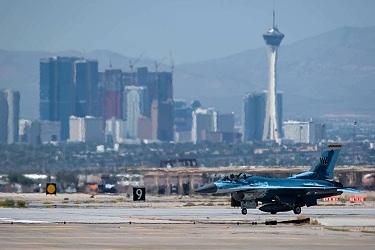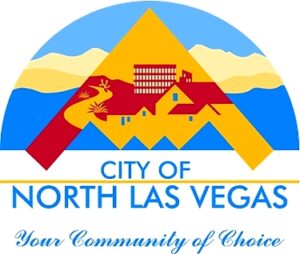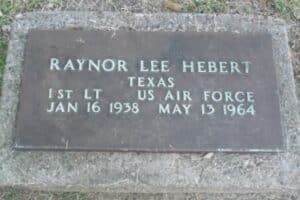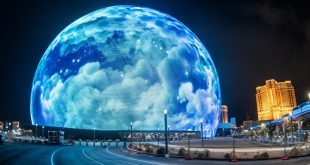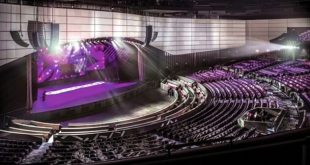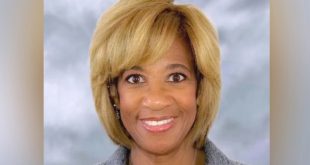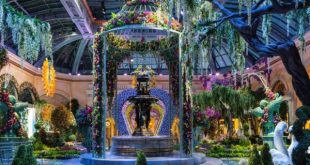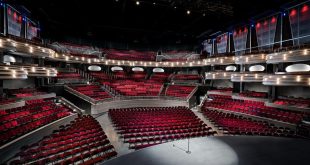The history of North Las Vegas begins with Native Americans who inhabited the Las Vegas Valley over 10,000 years ago. Around 700AD, Paiutes settled here, migrating between nearby mountains in the summer and spending their winter in the valley, near Big Springs.
The area was named Las Vegas (The Meadows in Spanish) in 1829 by Rafael Rivera, a member of Spanish explorer Antonio Armijo’s trading party who were on their way to Los Angeles on the Old Spanish Trail from New Mexico and stopped for water.
In 1875, Conrad Kiel (1807-1894) homesteaded a 240-acre ranch around a natural spring and artesian well, near the intersection today of Carey Street and Losee Road in North Las Vegas. He grew citrus trees, apples, and vegetables. In 1917, Thomas L. Williams of Eureka, Utah visited the Las Vegas Valley. The City of Las Vegas had been incorporated in 1911, but Williams, a pious man, was repulsed by its rowdy and intoxicated inhabitants. Furthermore, he considered himself a Libertarian who wanted to live free of building codes, land use regulations and any laws concerning livestock.
Two years later, in 1919, Williams relocated his wife and three sons from Utah and purchased 160 acres a mile north of Las Vegas for $8 an acre near the current site of Jerry’s Nugget on Las Vegas Boulevard North. He drilled a well, dug irrigation ditches, graded roads and extended power lines from Las Vegas. He kept 60 acres for himself and offered the remaining 100 acres for only $10 an acre that included water and power. Williams was determined to attract churches. He would donate land, water and power for free to any church who would take him up on it.
Some congregations accepted his offer. The first was the Emanuel Church, which became the yet unnamed town’s social center, but 1919 marked the passage of a law that would forever derail Williams’ vision of creating a Christian Utopia in the desert north of Las Vegas.
The Volstead Act.
Also known as the National Prohibition Act, the Volstead Act was enacted in 1919 to carry out the intent of the 18th Amendment which was to make alcoholic beverages illegal in the United States.
Bootleggers in Las Vegas were not as fearful of the law as they were in other American cities, but the area north of Las Vegas, now known as Old Town, had zero law enforcement. It was a bootleggers’ paradise. Legend has that over thirty of those who purchased Williams’ land were moonshiners. Literally overnight, tons of grain had to be imported to ferment and distill into alcohol. The cover story was that it was needed for livestock feed for the new “ranchers” in the area.
It wasn’t just moonshiners who found solace in Old Town. Between 1928 and 1935, men working on Hoover Dam settled there, too. They were a rowdy bunch, even too rowdy for Las Vegas, who wanted nothing to do with them. In 1932, the first grammar school, Washington School, opened and needed a name. By now, Williams had created the Oasis Auto Court which boasted a grocery store, campground, post office and the area’s first telephone.
Thomas L. Williams had built the community from the ground up, but he didn’t want it named after him.
It came down to a town board vote for either North Las Vegas or Vegas Verde (Green Meadows in Spanish). Vegas Verde won, but George Hansen, a town board member who detested the name, noticed at a town board meeting two months later that two of the board members who voted for Vegas Verde were absent. He quickly called for a new vote and North Las Vegas won.
In 1939, Thomas L. Williams died of a stroke, and a North Las Vegas elementary school and road were later named in his honor.
During World War II, the Las Vegas Aerial Gunnery School opened in North Las Vegas. It would eventually become Nellis Air Force Base, known by the USAF as the “Home of the Fighter Pilot.” Nellis Air Force Base has more military schools and squadrons than any other USAF base in the United States with a military population of over 40,000.
Compared to Las Vegas, the history of North Las Vegas shows more tolerance to those of all races and faiths. This is somewhat ironic considering that founding father Thomas L. Williams was a unapologetic racist. Regardless, those who were not tolerated in Las Vegas found a home in North Las Vegas. Unfortunately, this magnanimous behavior was punished by banks in the 1960s and 70s who severely redlined many parts of North Las Vegas real estate.
Nevertheless, when it comes to real estate the bottom line is, “Location, location, location.” There’s a reason why Las Vegas gazed upon North Las Vegas with covetous eyes for so many years. If you look at a map, North Las Vegas is basically the northeast part of what would’ve been a larger Las Vegas. In the 1930s and 40s, there were multiple attempts at annexation, but it finally came to an end on May 1, 1946 when North Las Vegas incorporated as a city.
Today, North Las Vegas is one of the fastest growing cities in Nevada. Between 2000 and 2010, the population nearly doubled and now stands at over 250,000.
Notable new North Las Vegas businesses include an 850,000-square-foot fulfillment center for Amazon and a 715,000-square-foot distribution center for Sephora.
In Memoriam: On May 13, 1964, First Lieutenant Raynor Lee Hebert took off from Nellis Air Force Base in an F-105 fighter. He radioed his flight leader that he could not retract his nose gear and was incapable of gaining altitude. Herbert was high enough to eject, but if he did so his jet would’ve crashed into Lincoln Elementary School, which was completely in session with 800 students. He stayed with his jet until he cleared the school and crashed into nine residential houses on Lenwood Avenue. Hebert died along with four civilians on the ground. Hebert Memorial Park was dedicated by the City of North Las Vegas with a plaque at the crash site.
NorthLasVegas.com
The Worldwide Guide to North Las Vegas!
 NorthLasVegas.com North Las Vegas Visitors Guide
NorthLasVegas.com North Las Vegas Visitors Guide
